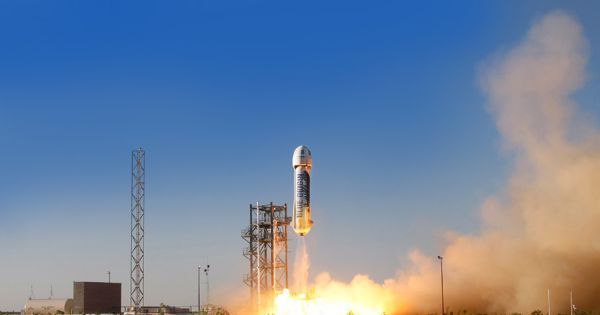May 1, 2018
How to make solar hydrogen year round
Posted by Bill Kemp in categories: particle physics, solar power, sustainability
Researchers have built a new dynamic model showing how hydrogen produced with concentrated solar thermal energy can be made more continuously through a novel seasonal control strategy with ceria (CeO2) particles buffering the effect of variation in solar radiation.
A paper, “Dynamic Model of a Continuous Hydrogen Production Plant Based on CeO2 Thermochemical Cycle,” presented at the SolarPACES2017 Annual Conference, proposes using ceria particles not only as the redox reactant in hydrogen production, but also for heat storage and heat transfer media (or medium) to control the temperatures.
Hydrogen can be produced by splitting water (H2O into H2 and oxygen) at very high temperatures using concentrated solar thermal (CST) — avoiding today’s use of fossil fuels for hydrogen production. Using mirrors reflecting focused sunlight onto a receiver, CST can generate very high temperatures for thermochemical processes in a solar reactor, up to 2,000°C, and can store solar energy thermally so it can dispatch the energy when needed.

















